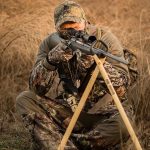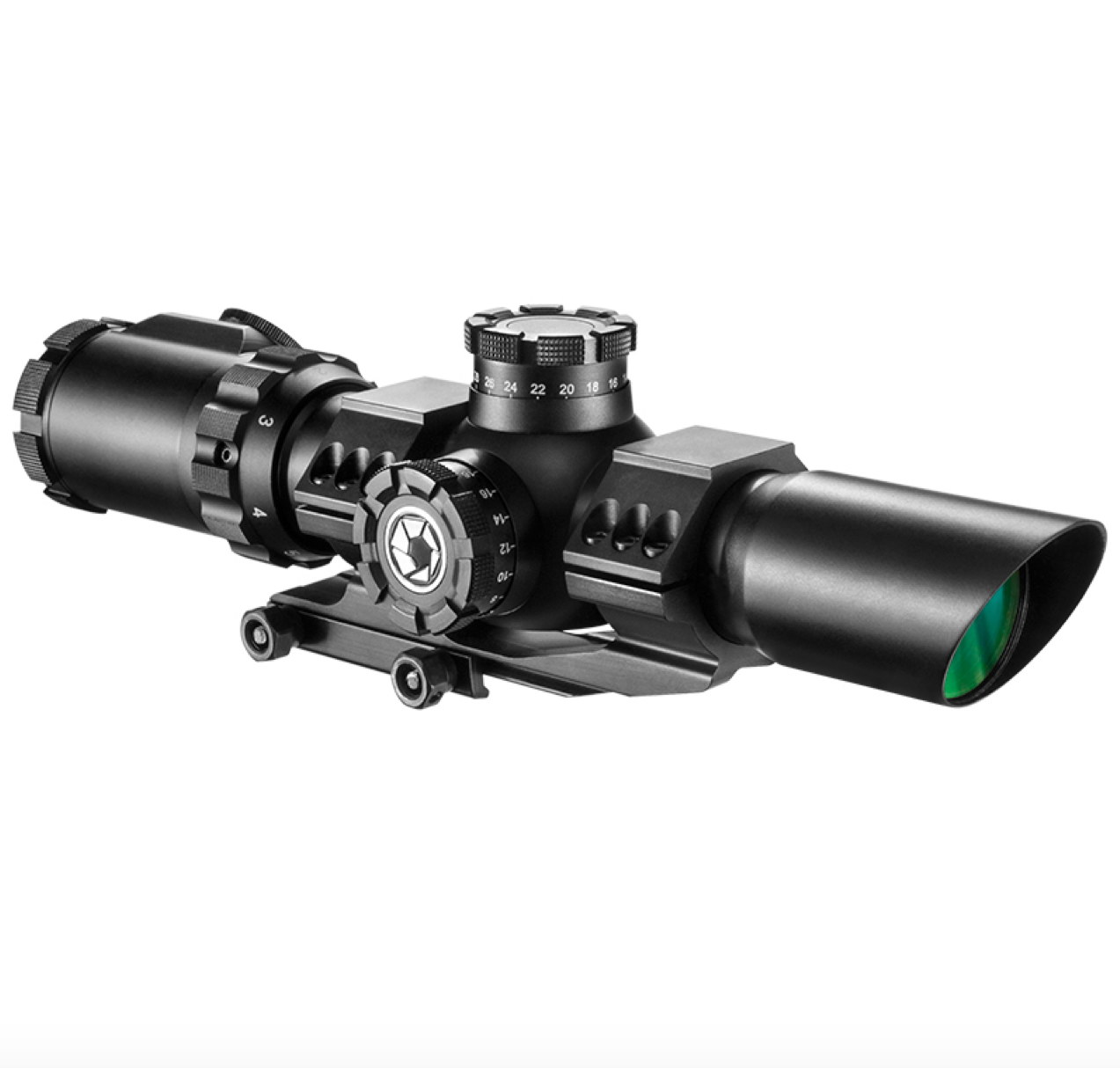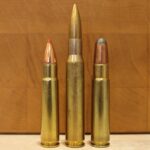Top Tips for Shooting Your Rifle
Buy the Best Scope You Can Afford
Rifle scopes will take your shooting to the next level and provide unparalleled visibility in low-light conditions. Here are some good options for your AR10 Scope, the best rifle scopes on the market, or other great scopes. Unless you’re a professionally trained marksman, you’ll likely benefit from all the advantages of a scope such as wind/elevation adjustments, magnification, bullet drop compensation, resolution, and brightness. A scope is essential if you plan on getting into long range hunting. Good luck trying to acquire and hit a target at 500 yards during sunset without a scope.
Clean the Rifle Barrel
Dirt, debris, and residue that’s lodged inside a barrel can negatively affect your accuracy or precision. It can even bulge or damage your rifle in a worst case scenario. But usually what accumulates in your rifle barrel after prolonged shooting is copper fouling and powder residue. This is when gun cleaning kits come in handy that provide all the oil, solvents, and cleaning rods/brushes you need to thoroughly clean a “shot-out” rifle.
Break-In the Rifle Barrel
You’ve probably heard of “breaking in” a car. But have you heard of “breaking in” a rifle? Many novice shooters are completely unaware of this important concept. Surprisingly enough, many brand new rifles can get “fouled out” after less than 20 rounds. Not something you’ll typoically see with a Kel-Tec Rifle. There’s even been cases of rifle’s fouling out after the first 5 rounds. Rifle “fouling” is when copper from bullets rub off and adhere to the inside of the barrel, due to the intense pressure of traveling through the harder steel bore. Fouling can drastically decrease your rifle’s accuracy and precision.
Breaking-in your rifle is very simple. Starting with a clean rifle, fire inexpensive ammo at the target and then clean out the barrel. Fire another single shot and clean the barrel again. Then fire two or three shots and clean the barrel again. Each time you clean the barrel make sure you’re removing all the copper fouling inside.
Consider the Rifle’s Weight
The main advantage of a heavier rifle is that its weight will absorb a lot of recoil force and give the user a smoother experience when firing. The heavier weight of the rifle will also help you stay on target easier because they provide a more stable platform. On the other hand, lighter rifles tend to have greater recoil and will shift around more when holding and firing. This will make it more difficult to maintain zero on target. Lighter rifles may have shorter barrels that overheat or create more “muzzle blast” closer to your face.
Don’t forget that a great pistol grip can help you feel secure when you zero in on a target.
The main disadvantage of a heavier rifle is basically shooter fatigue. It simply takes more effort to carry and operate a heavier rifle compared to a lighter rifle, which can negatively impact your accuracy over time. You’ll definitely feel the difference when shooting in the mountains and having to hike a lot.
Shooting Position
You want to fire your rifle in a comfortable position. This isn’t always possible when hunting, where you may be standing, sitting, or lying prone over rough terrain. But when you’re shooting targets on the range it’s best to get as comfortable as possible. That’s why you may notice a lot of range shooters sitting on benches with their rifles mounted on tables, instead of carrying them. Sitting allows you to maintain a relaxed position for a longer period of time and not work against yourself. It also allows you to comfortably lean forward and absorb the recoil force. Remember, fatigue kills accuracy.
Fix Your Rifle Flinch
Every single shooter has experienced rifle flinch at some point. A rifle flinch is exactly what it sounds like — it’s when you make a quick or nervous movement in reaction to the muzzle blast or recoil force when firing. It’s like the shooter’s equivalent in tennis of not “following through” or “lifting your head up” in golf when swinging the club. In shooting/hunting, it’s called “staying in the rifle”. Flinching is when you don’t “stay in the rifle” and it throws off your balance and ultimately the accuracy of your shot.
The easiest way to overcome recoil force is to lean into the rifle. With practice you can direct how the recoil behaves with your own bodyweight. Follow through with the recoil and keep your head down until the bullet reaches its target. Quite often it’s flinching that causes a missed target at close range and not something wrong with the rifle or scope.
Sometimes muzzle blast will cause a shooter to flinch. The loud bang or bright flash will naturally cause a novice shooter to instinctively react. This can be addressed by wearing personal protective equipment like earplugs and shooting glasses. You can even wear cloth around your head to shield you from the heat. If it’s a serious issue you may only want to shoot rifles with longer barrels. Shorter barrels tend to create more muzzle blast than longer barrels.
Zero the Rifle
200 yards is a good distance to zero your rifle for hunting. Identify your typical shooting range and use a drop chart to determine the optimal zero range that allows you to hit a target, such as a deer, at that specific distance or 50 yards farther without adjusting your aim. For example, you can expect to hit your target at 250 yards when your rifle is zeroed at 200 yards.
Moreover, you should set your final zero when the ambient temperature is similar to that during hunting season. Don’t set your zero in the summer when you hunt in the winter because your shot will impact lower in colder weather. Also, test your final zero shot with a clean, cold barrel (because that’s how it’ll be during the first day of hunting season).
Wear Shooting Gear
Personal protective equipment, clothing, and outdoor supplies are essential when hunting or ranging – check them in our accessories section. Minimizing your exposure to the elements and protecting your vital organs from dirt, debris, and shot blast will make you a better, safer, and happier shooter. Consider wearing gloves, shooting glasses, earplugs or earmuffs, and applying bug spray or suntan lotion.














